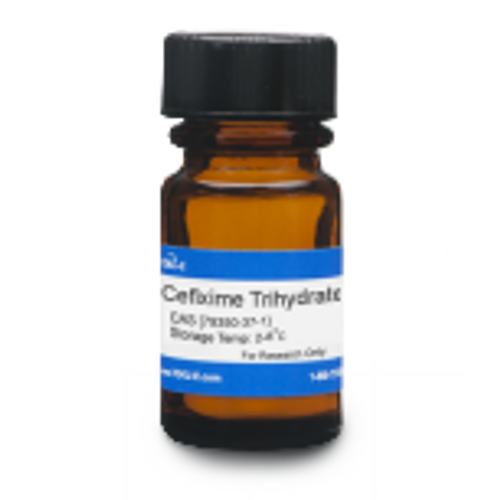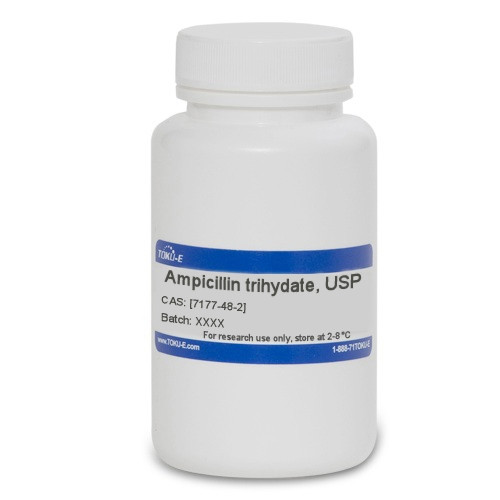Cefixime Trihydrate is a broad-spectrum third generation cephalosporin targeting a wide range of Gram-positive and Gram-negative organisms. Cefixime Trihydrate is active against pathogens responsible for respiratory tract infections such as Haemophilus influenzae and Moraxella catarrhalis.







